All About Shredding

Bills, medical information, credit card offers, birthday cards, legal notices. Think of all the information that these contain (especially when combined)! There has even been a case where someone took a torn up credit card application, taped it back together, mailed it in and GOT CREDIT ANYWAY.
Unless it's used tissue paper, diapers, or something else that has no useful personal information on it, you should be shredding the living snot (or lifeless pulp rather) out of it.
The problem with normal shredders
Most regular shredders are no good. Why? Look at this:
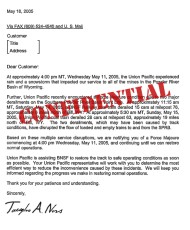 The original document |
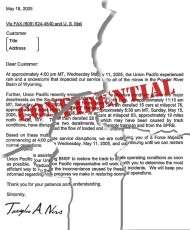 Torn by hand |
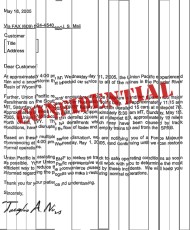 Strip shred |
The only real difference between shredding and hand-tearing a paper are the number of pieces. Even with "confetti" or "cross-cut" shredders, the number of pieces produced per paper number only in the hundreds. Now consider this:
People will actually pay money to have a picture sent to them in 24,000 individual pieces so they can toil away days or weeks (or longer) in putting it back together again. Instead take a highly motivated drug addict who's up all night on a meth-high. He's got nothing better to do than put your shredded documents back together and he's going to make money on it.
Assuming I've convinced you, now let's look at the major types of shredders available today:
The types of shredders
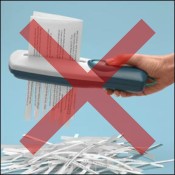 A normal shredder |
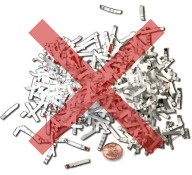 Cross/confetti cut |
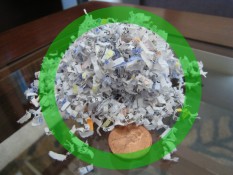 Microcut for the win! |
If you're going to buy a shredder (and you should), get a microcut shredder which basically grinds your paper to dust (depending on the model). The rule of thumb is, the smaller the resulting pieces of paper, the better protected you are. So when you buy a shredder, go for the smallest cut size you can find.

My son loves "shred day" when we go though the box and shred everything. Just be sure to watch the kids if you plan to involve them. Nothing ruins your shredder faster than feeding it coins. Of course, I was still pretty impressed with how much damage my shredder managed to do to this penny before it exploded into a smokey crater.
Alternatives to shredding
There are some alternatives to shredding, some of which make more sense than others. Use with caution.


Share This

|

|

|

|

|

|

|
||








I recommend the “burning” method. It’s the only real way to assure that the document is gone for good.